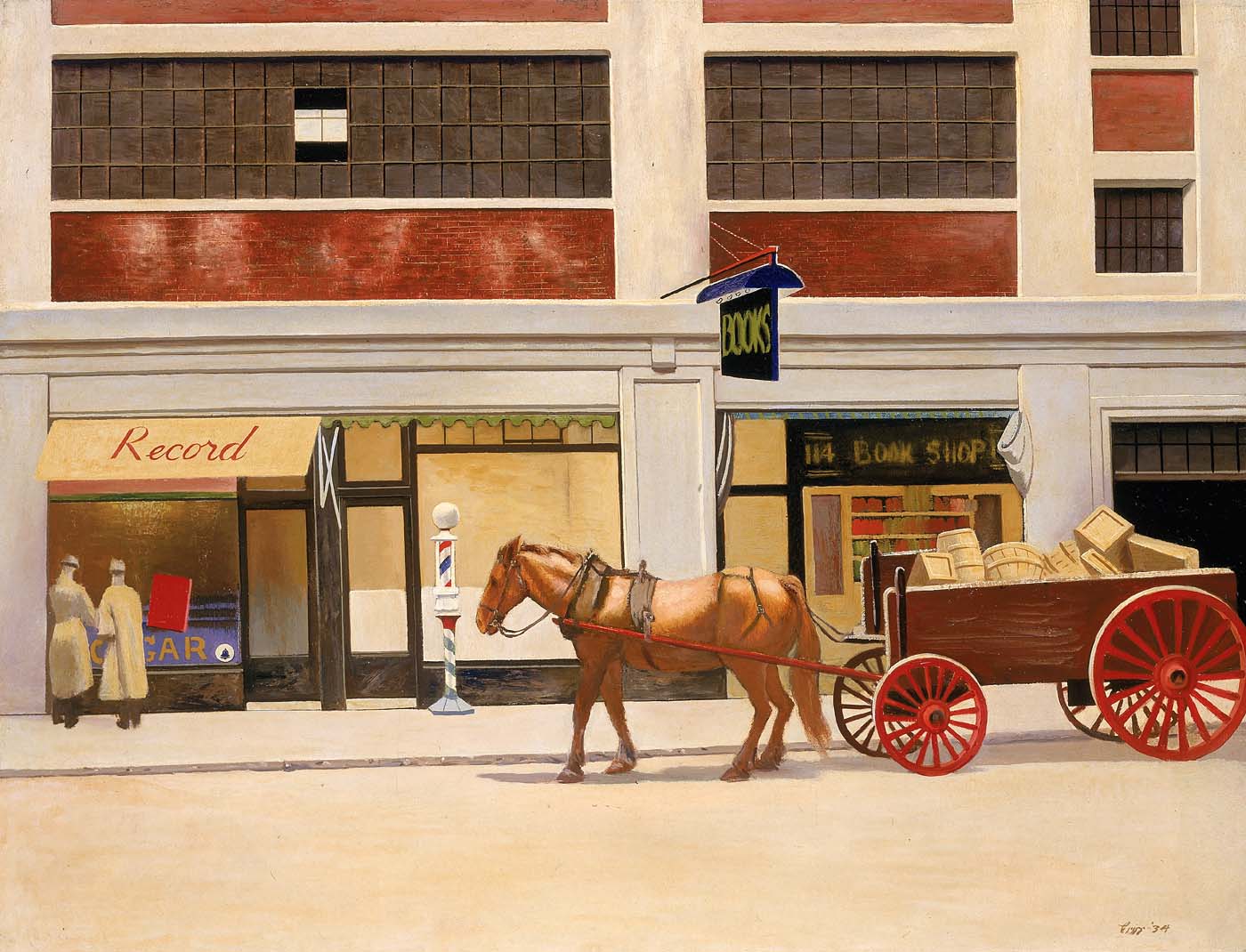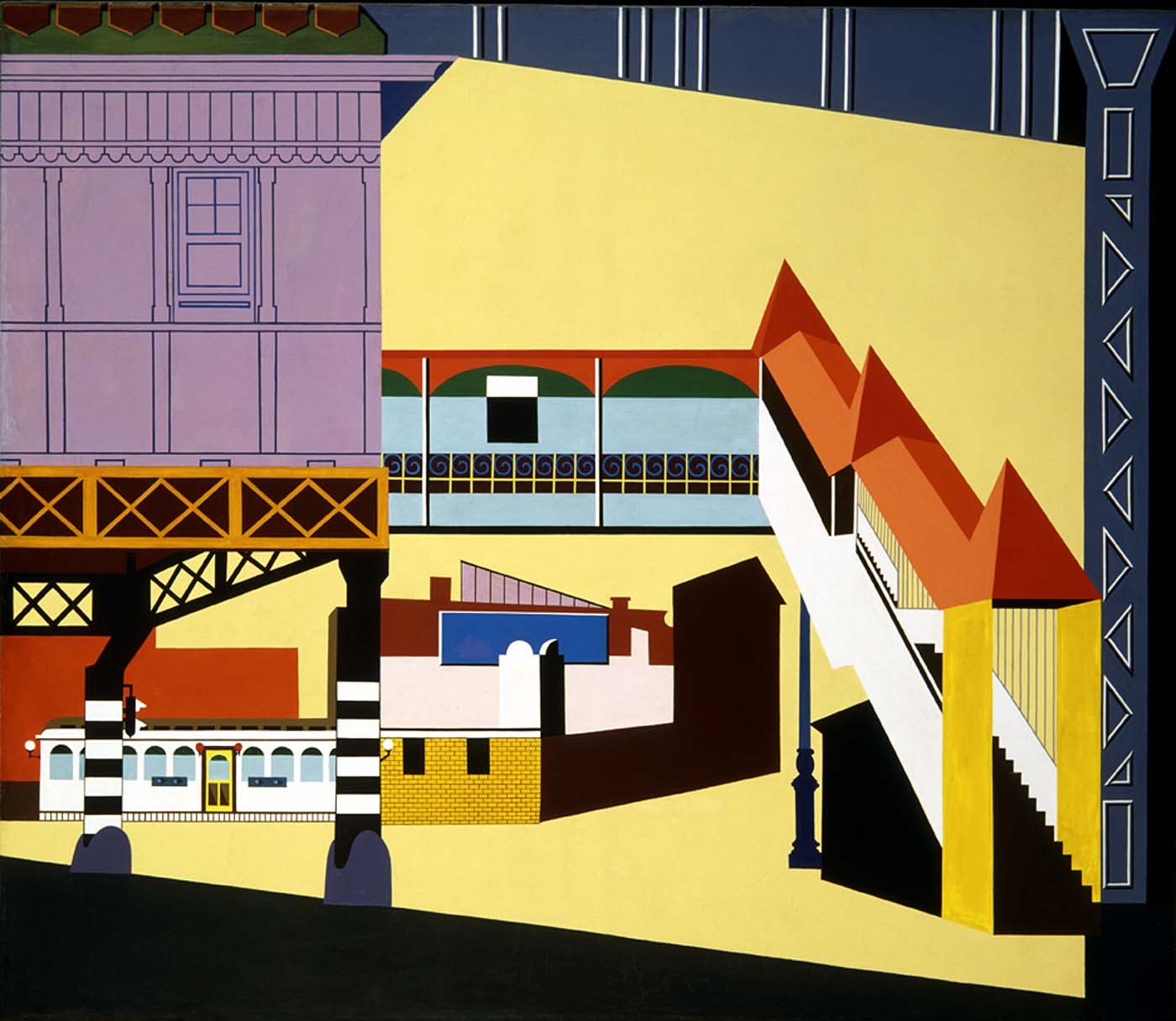Francis Criss
Painter and teacher; New York, N.Y.; b. 1901; d.1973 Criss began his art training at the Graphic Sketch Club and continued his studies at the Pennsylvania Academy of the Fine Arts, the Barnes Foundation, the Art Students League in New York, and, later, with private instruction under Jan Matulka. In 1920, Criss was awarded the prestigious Cresson scholarship by the Pennsylvania Academy of the Fine Arts which allowed him to further his studies in Europe. Criss' first public success as an artist was his inclusion in the inaugural 1932 Whitney Biennial Exhibition; the museum purchased his painting, Astor Place (1932) for its permanent collection. In 1934, Criss was awarded a Guggenheim Fellowship to study in Italy. Throughout the 1930s and early 1940s, Criss was involved with the Works Progress Administration (WPA) and the American Artists' Congress, which he helped to organize in 1936. He was also a charter member of the "American Group" with artists that included Philip Evergood, Julian Levy, Jack Levine, William Gropper, Yasuo Kuniyoshi, the Soyers, Chaim Gross, and Abraham Rattner. Critics described his work as both Surrealist and Precisionist and it is often compared to that of Giorgio De Chirico, George Ault, Charles Demuth and Charles Sheeler.Criss' career began to wane in the 1940s when he turned his attention to commercial art and teaching in order to support his family. Criss taught painting privately and at the Knox-Albright Museum, Brooklyn Museum Art School, The Art Students League, the New School, and the School of Visual Arts. He rarely returned to his own painting during the remainder of his life.
Selected Images of Francis Criss
Objects at Crystal Bridges Museum of American Art (1)
Objects at Archives of American Art (1)



